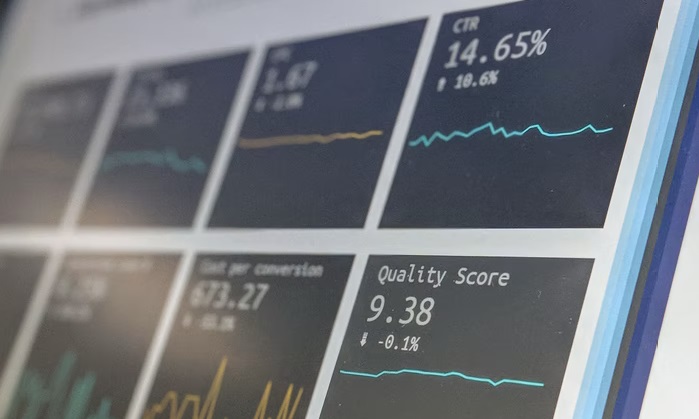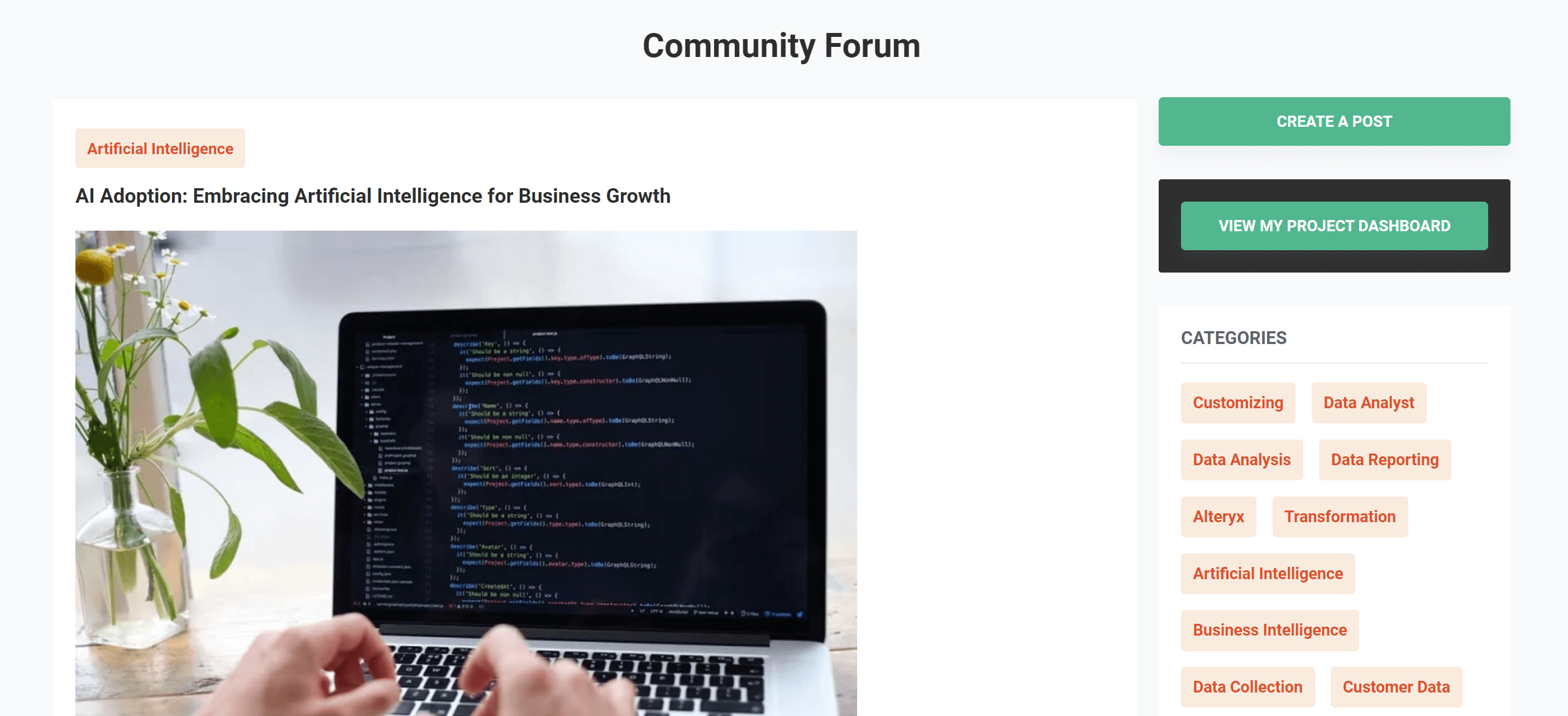Using Data Visualisation to Enhance Value: Essential Tips for Finance & Marketing Managers

The Big Data revolution of the last decade has generated enormous amounts of data that paradoxically makes understanding business trends more difficult. Data visualisation is one of the more effective means that have emerged to cope with business’ requirements for data analysis.
At its most basic level, data visualisation means using data to tell a story. As humans, we are more apt to absorb information if it is conveyed visually. With the increase in the volume and complexity of data available in today’s business world, developing the ability to be able to cut through the noise to see patterns and to anticipate future trends is critical. According to the Harvard Business Review, “visual communication is a must-have skill for all managers, because more and more often, it’s the only way to make sense of the work they do.” How can data visualisation increase value?
A survey conducted by Prysm in 2017 showed “80% of organisations reported more accurate decision making when using data visualisation tools, and 86% of companies said that data visualisation enabled them to make decisions faster”.
Data visualisation is just a representation of data or information in the form of a graph, chart or diagram. Yes, a picture is worth more than a thousand words. But we must be careful when using data visualisation. It must be the right data conveyed in the right way at the right time. Here are some tips in using data visualisation more effectively:
Better understanding of data: Telling a story
Complex data sets can be difficult to understand for non-specialists. Financial information is notoriously difficult to digest especially when it is conveyed in the form of spreadsheets or complex line graphs. The right charts and graphs can help summarise and simplify data – allowing managers to quickly focus on key issues.
Data visualisations can deliver better understanding of data by identifying patterns and highlighting trends. But that is just the most primitive layer of data analysis. The patterns and trends have to be conveyed as part of a larger story.
Managers and analysts should use data visualisations as a tool to deliver a specific message, to report on a specific issue or to explore a trend. Data visualisations are not an end in themselves. They are a graphical tool to enhance your reporting, focus your problem-solving activities and to help you evaluate your options.
A good practice is to pose a question then to decide what type of data is needed to answer the question. “If I am assessing a product’s profitability for a given time period, then I need to have information on all associated revenues and costs for that time period.” You can then decide how to display this information graphically and to investigate if there are any important trends or patterns that the data reveals – for instance, a seasonal effect.
Slice & dice: Looking beneath the data
“Slicing and dicing” in data analysis usually refers to a method of reducing data into smaller parts (views) to extract more information. Anyone familiar with the Pivot Table or Chart feature in Excel knows about this method at a simple level. Slicing and dicing refers to the ability to segment, view and examine data in the database. This method can reveal different viewpoints and details than when the entire dataset is considered because it allows analysts to “dive deeper” into different issues such as uncovering hidden correlations.
Aligning storytelling with the audience – Who, what, when

Data visualisation is context based. Data itself doesn’t provide value, but the analysis does. The best data visualisations require minimal interpretation. Once you start getting questions about the information displayed – “why” questions, rather than “how” and “what” is being presented, you will know you have succeeded. Understanding that different audiences have different interests requires that data visualisations be designed with that in mind. Ask yourself these questions when selecting your data visualisations for presentation:
- Who will be using or reading the data?
- What are they looking for? What do I want to tell them?
- When is this data being presented?
Simple visualisation: Keeping it simple
There are many options these days for developing data visualisations – from using basic Excel functionalities to specific software including Google Charts, Tableau, Grafana, Chartist, FusionCharts, Datawrapper, Infogram, ChartBlocks and D3. The most common mistake in designing data visualisations is including too much information, while the best design advice for data visualisations is to keep things as simple as possible. This is often described as increasing the ratio of signal (data) to “noise” by stripping out any unnecessary elements – including too much text, complicated colour schemes, “extra” features that do not add to the story or make the data more comprehensible.
Automatic visualisation (Augmented data visualisation)
Although it is in its early days, augmented reality and virtual reality are set to revolutionise the way we interpret and use data. Automatic visualisations generated from huge data sets are the future of data analytics. Many companies are working on transporting complex data sets into 3D overlay visuals. These data visualisations may then be viewed through AR headsets – or appear in meeting rooms and offices. We can even predict a stage where AR allows people to interact with the data by performing physical gestures.
Delivering business value through data visualisation
We’ve only just started to scratch the surface of the analytic value that can be delivered using data visualisations. There has never been another tool so efficient at synthesising and presenting complex data for a variety of users. New platforms and tools are making it easier every day for business leaders to access the information they need to make crucial decisions, and to track the impact of their choices. The long-term impact on business processes will be truly transformative because we have the data – we just need to be able to use it quickly, accurately and efficiently.
If you need support in processing and visualising your business data, check out Pangaea X today.
Get your data results fast and accelerate your business performance with the insights you need today.



